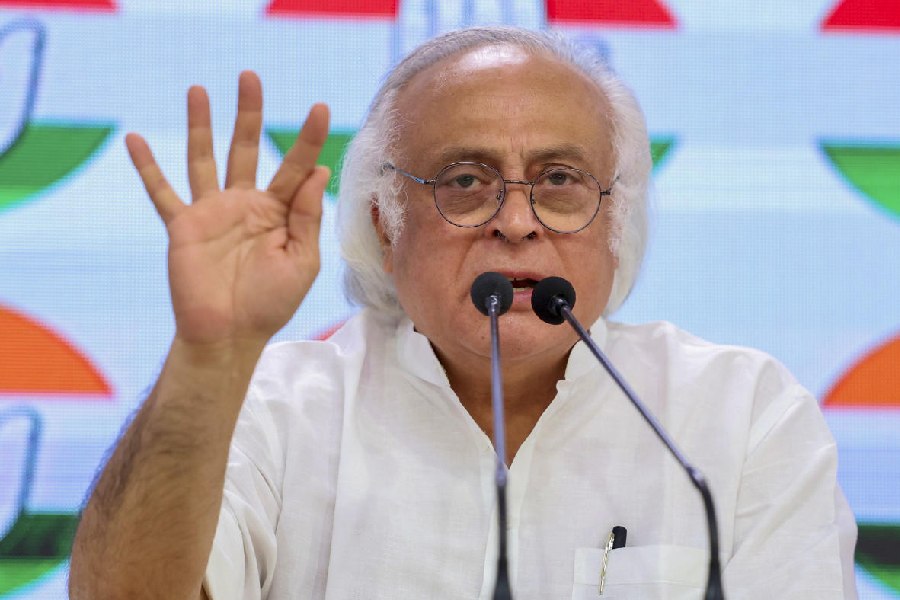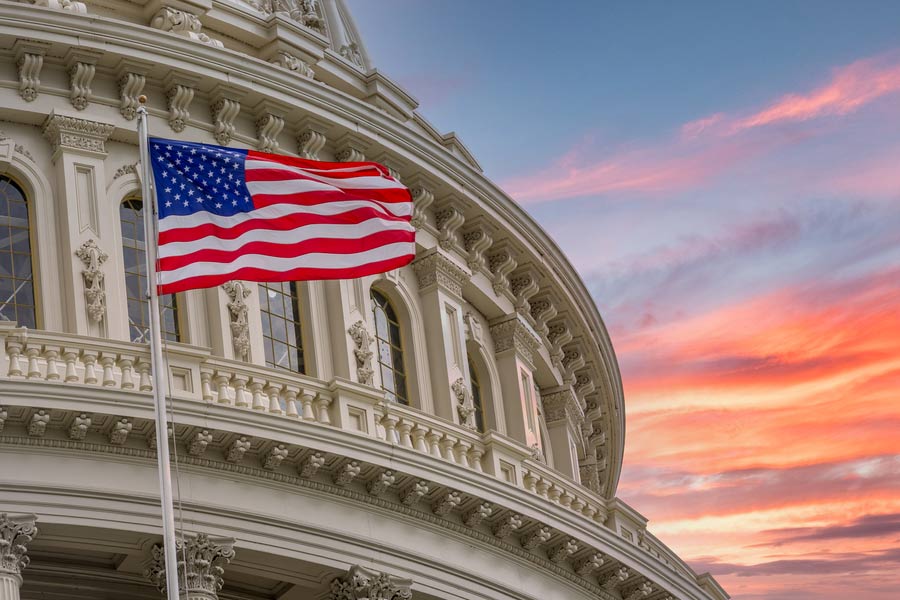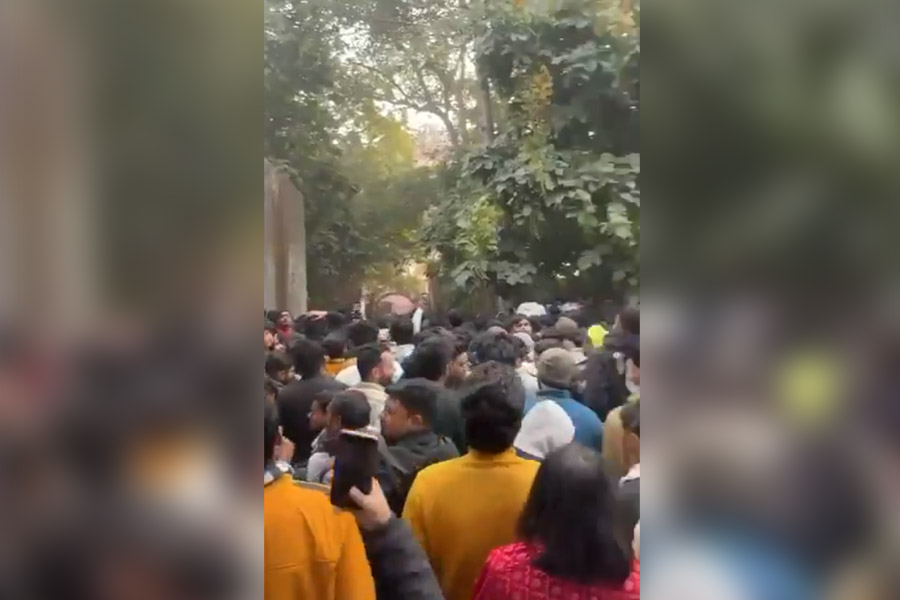- A teenaged Sisir Kumar Bose made a sketch of his beloved uncle, Netaji Subhas Chandra Bose, in 1934. The sketch was based on a photograph of Bose taken at a studio in Prague the year before.
- Abanindranath Tagore had made portraits of his son, Alokendranath, as a young boy and of his wife, Suhasini Devi. The boy’s portrait is signed by Abanindranath in what looks like Arabic or Persian italics.
The portraits are among those displayed at an exhibition that was inaugurated at Netaji Bhavan on Thursday. The exhibition was opened on the 94th birth anniversary of Krishna Bose, academic, social worker and three-time parliamentarian and wife of Sisir Kumar Bose.
The exhibition features eight rare portraits linked to two of the most celebrated families in Bengal. Four portraits have been borrowed from the private collection of a descendant of the Tagores of Jorasanko.
Three of them are made by Abanindranath, a transformative figure for Indian art and culture, and one is of his uncle and the most famous Tagore, Rabindranath, made by Mukul Dey, a renowned artist.
“Today is Krishna Bose’s 94th birthday. Since she passed away in 2020, we instituted a lecture series in her honour at Netaji Bhavan. This year, we decided to do it differently. A small but hopefully compelling art exhibition focused on portraiture of some of the greats of Bengal modern art in the 20th century. My mother was a connoisseur of modern art,” said Sumantra Bose, professor of international and comparative politics at the London School of Economics and the younger son of Sisir and Krishna Bose.
Sumantra Bose is the director of the Netaji Research Bureau.
A self-portrait of a young Abanindranath done in the first decade of the last century is part of the show. There is another portrait of Alokendranath, his elder son, as a boy and a third portrait of Suhasini Devi, Abanindranath’s wife.
Alokendranath’s portrait is signed by Abanindranath in what looks like Persian italics. “He had different stylised signatures. There was a distinct Persian influence in him,” Saranindranath Tagore, a family friend of the Boses who has lent the four portraits for the exhibition, told The Telegraph.
The remaining pictures are from the collection of the Netaji Research Bureau and that of Sugata and Sumantra Bose.
“Abanindranath is known as a revivalist and a nationalist artist. But there was a universal thrust in him. He was not just a revivalist or a nationalist. The three portraits are influenced by European portraiture,” Saranindranath, who teaches philosophy at the National University of Singapore, said at the inauguration.
The fourth item from his collection is a portrait of Rabindranath Tagore done by Mukul Dey, the eminent 20th-century painter. Dated September 19, 1917, it is signed by Rabindranath himself.
A charcoal sketch of Netaji, done by Sisir Bose, is based on a photograph taken in a studio in Prague in 1933. Then, Subhas Chandra Bose sent it to his sister-in-law Bibhabati Bose, wife of Sarat Bose and grandmother of Sugata and Sumantra Bose.
Sisir Bose, who had just stepped into his teens, was at the time learning sketching and drawing. Bibhabati gave him that photograph and asked him to do a sketch.
A portrait of Sisir Bose made by Frank C. Bensing, a New York-based portrait artist in the mid-20th century, is the only work by a non-Bengal artist.
Between 1958 and 1959, Sisir and Krishna Bose spent one-and-a-half years in the US, living in Boston. Sisir Bose got a Rockefeller Foundation scholarship to learn paediatric radiology at the Harvard Medical School and the Boston Children’s Hospital. Sisir’s Bose immediate supervisor was Doctor Edward B. D. Neuhauser, known as the father of paediatric radiology.
“At the end of the fellowship and their stay, there was a farewell party. Neuhauser produced a surprise gift for the Boses. A portrait was in an enormous X-ray envelope. They opened the envelope and found the portrait. Neuhauser had quietly commissioned Bensing at his own expense to do the portrait,” said Sumantra Bose.
The exhibition ends on January 26. It is open for visitors from 11am to 6pm every day, barring Mondays.











